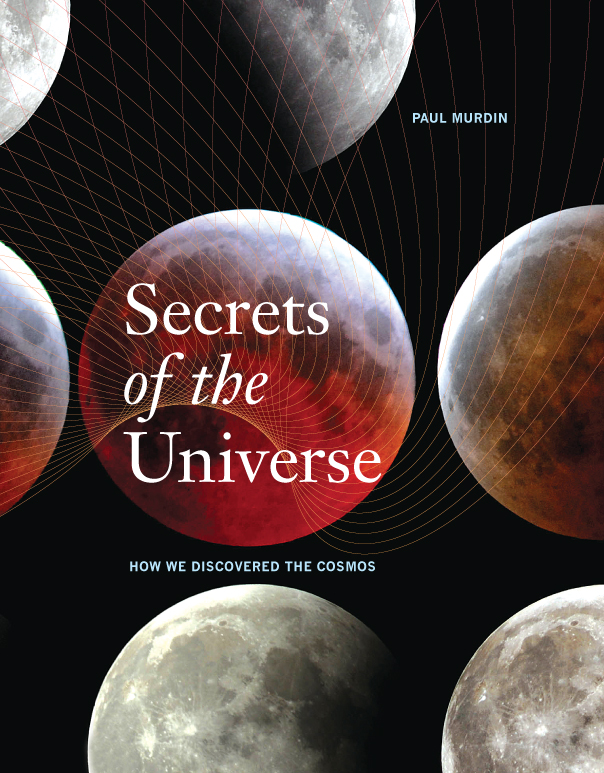 He is the author of Full Meridian of Glory: Perilous Adventures in the Competition to Measure the Earth and coauthor of The Firefly Encyclopedia of Astronomy.
He is the author of Full Meridian of Glory: Perilous Adventures in the Competition to Measure the Earth and coauthor of The Firefly Encyclopedia of Astronomy.He applied the “Page 99 Test” to his new book, Secrets of the Universe: How We Discovered the Cosmos, and reported the following:
Science fiction writer Isaac Asimov described the most important feature of a scientific discovery as the open mind and curiosity of the person who makes it: ‘The most exciting phrase to hear in science, the one that heralds new discoveries, is not “Eureka!”, but “That’s funny ...”.’ In this book I have tried explain what lies behind some of the great discoveries in astronomy, the train of events and thoughts that brought the scientist to exclaim ‘Eureka’ or ‘That’s funny…’ as he or she unlocked one of the major secrets of the Universe.See a gallery of photographs and sample pages from Secrets of the Universe.
This book is therefore mostly scientific history – my top 65 cosmic discoveries. Their discoverers lived over the last 25,000 years, lived in many countries and on all the continents (including Antarctica). They were men and women, old and young, professional scientists and amateurs. They were experts in many different sciences. Collectively, they discovered the cosmos and set it in a context to which we can relate.
Pg. 99 pretty much illustrates this thesis. In the couple of pages beforehand I describe what we know about comets and then I turn to the question of where they came from:It is thought that comets formed when the Sun formed, 4.5 billion years ago, from interstellar ices condensing onto grains of interstellar dust. They were originally planetesimals that congealed from scraps of dust andAt the end of the book I look forward to four major prospects for future discoveries: to uncover the secrets of dark matter and dark energy, to detect gravitational radiation and discover life elsewhere in the Universe – although we may not find what we expect. The challenge for the next generation of astronomers will be to put themselves in the position to uncover these momentous secrets of the universe.
gas in the presolar nebula. Since then, they remained almost unaltered in two cold, outer regions of the Solar System, until they fell towards the Sun, ultimately doomed to melt like snowmen when the Sun rises.
Short-period comets come from the Kuiper Belt, which is located in the outer Solar System beyond the orbit of Neptune. The source of the long-period or sporadic comets is thought to be the Oort Cloud, a spherical reservoir of comets surrounding the Solar System. Dutch astronomer Jan Oort discovered in 1950 that many long-period comets fall toward the Sun from a distance of between 20,000 and 200,000 times the distance from the Sun to Earth. Comets that formed inside Neptune’s orbit were ejected into distant orbits during encounters with giant planets, and formed the Oort Cloud and the Kuiper Belt. Occasional encounters with each other, or with passing stars or giant clouds of interstellar material, re-inject some comets from the Oort Cloud and Kuiper Belt back into the inner Solar System.
It is likely that, early in the history of the Solar System, there were frequent collisions of comets with Earth. Some of our ocean water may have been brought to Earth by comets. In addition to water, complex organic molecules (and especially ‘prebiotic’ organic molecules) could also have acted as seeds for the development of life on Earth.
--Marshal Zeringue